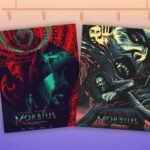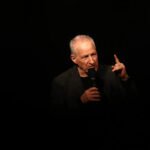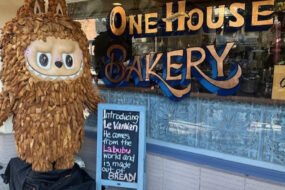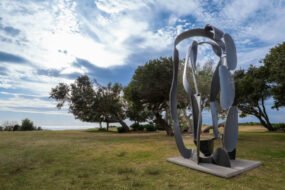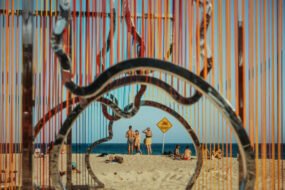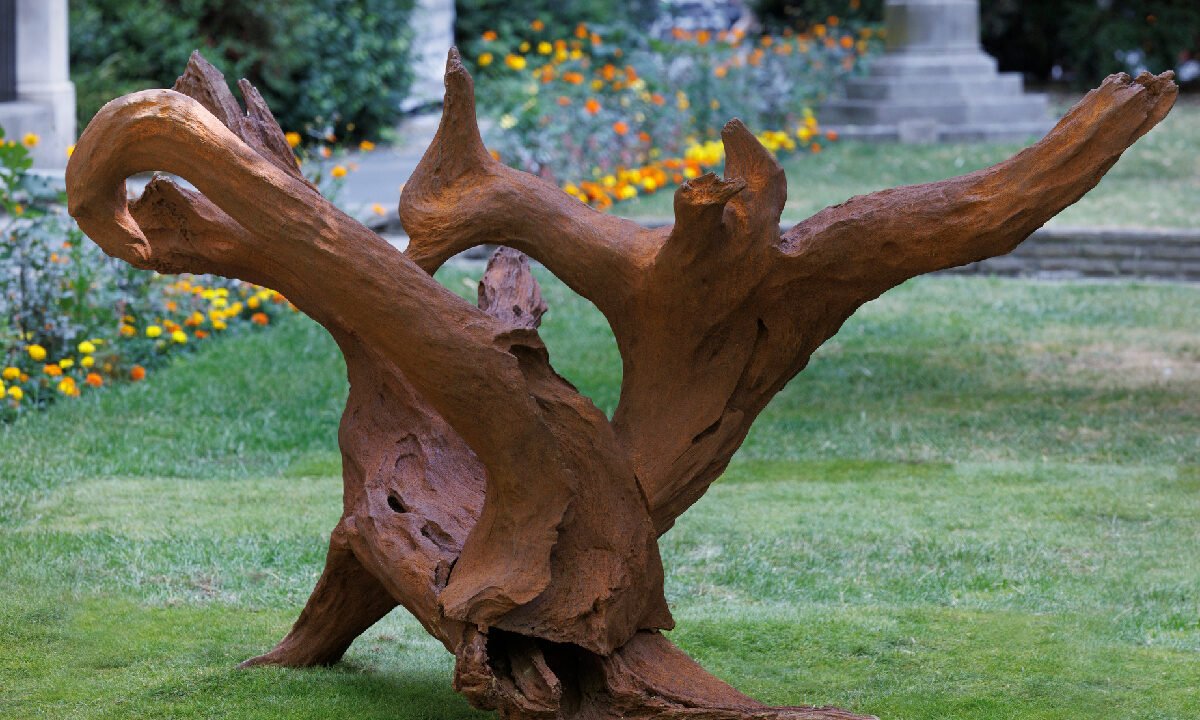

Ai Weiwei is among the artists featured in this year’s Sculpture in the City 2025 public art exhibition, which was officially unveiled yesterday.
Nestled in the oasis of St Botolph without Bishopsgate churchyard (itself a contender for our Green Space of the Year award), his sculpture is a cast iron tree root moulded from endangered Brazilian trees. Like much of Weiwei’s work, at first glance it appears real, the rusted patina lending it an organic facade. But the more you look, the more incongruous it becomes: why would this huge piece of wood be lying in the middle of a churchyard? And why is this hunking piece of iron masquerading as a Brazilian tree in the first place?
Created in partnership with local artisans and communities, Weiwei explores our relationship with the natural world as well as referencing his own “roots” as an exiled Chinese citizen.
It was unveiled alongside new works by Andrew Sabin and Jane and Louise Wilson. The former has installed a sinewy, tentacle-esque sculpture beside 70 St Mary Axe, entitled Looping Loop. This organic-looking creation was cast using an “industrial quantity” of margarine and is designed to draw its audience into the interior world of the sculpture, whose various holes make it a trypophobe’s nightmare.
The Wilsons, meanwhile, have used the underside of the escalators at The Cheesegrater as a canvas, depicting imagery from London’s Roman past as well as biological elements including DNA strands and molluscs.
These new pieces join returning favourites in Sculpture in the City 2025 including Maya Rose Edwards’ Kissing Gate at Aldgate Square, which places a rural fence crossing into an open city space, and Julian Opie’s four sculptures – Charles, Jiwon, Nethaneel and Elena – at 100 Bishopsgate, depicting four vast concrete faces in the same style as the artist’s famous Blur album sleeve.
• For a full list of what Sculpture in the City 2025 has to offer go to the website here.


